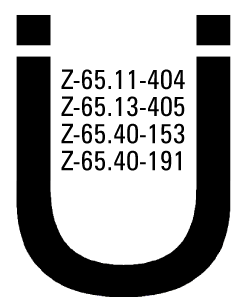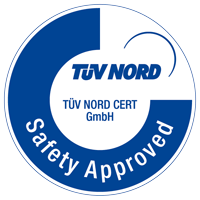Wichtige Mitteilung für Kunden der E.L.B.
Die Webseite www.elb-bensheim.de wird nicht länger aktualisiert.
Für aktuelle Informationen zu unseren Produkten und Dienstleistungen besuchen Sie bitte unsere neue Webseite unter www.fluidio.de.
Vielen Dank für Ihr Verständnis!
Sollten Sie Schwierigkeiten haben, die gewünschten Informationen auf www.fluidio.de zu finden, helfen wir Ihnen gerne schnell und umkompliziert.
Mit freundlichen Grüßen ihr Team von Fluid.iO Sensor + Control






